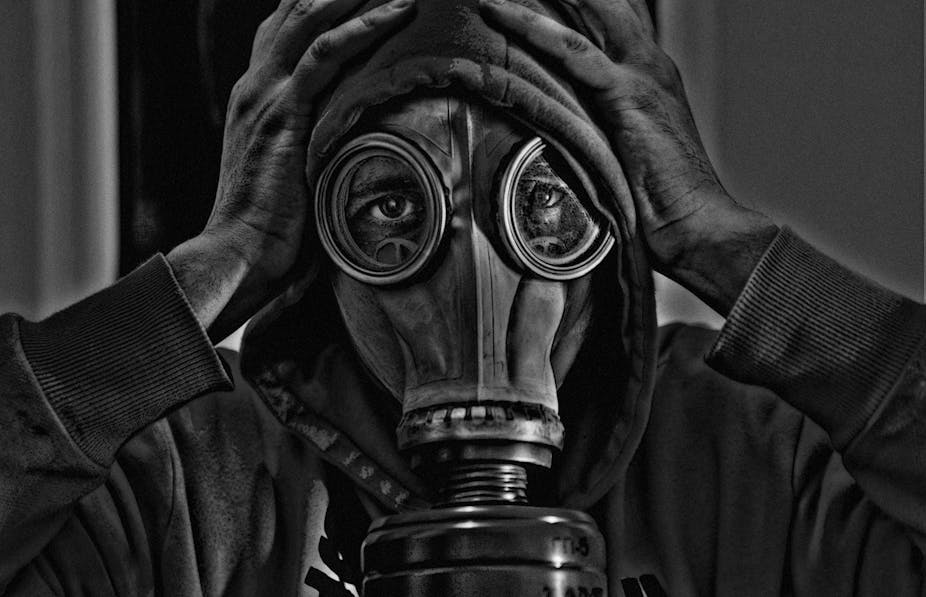There was chaos on the streets of Halajba in March 1988. In this corner of Iraq, at the time Iraqi Kurdistan, people had suddenly started experiencing cold-like symptoms – tight chest and nasal congestion. Within a few minutes, those effects morphed into feeling dizzy and sick. Many started vomiting and some lost control of their bladders and bowels. Finally there were severe convulsions, as muscles that control breathing were paralysed, before succumbing to death.
The cause for this gruesome event was sarin, a nerve agent that is classed as a chemical weapon. This incident in Iraq killed thousands and was the last confirmed mass use of chemical weapons. But if new reports are proved right, the most recent use of chemical weapons may have happened as recently as last month. It is believed that the Syrian government, which in July 2012 confirmed that they possess chemical weapons, may have used nerve gas to fight the rebels.
Weapons of mass destruction
Defining a chemical weapon is not simple, because many chemicals with legitimate uses, such as insecticides, could also be used for sinister purposes. This is why the Organisation for the Prohibition of Chemical Weapons (OPCW) defines them as:
All toxic chemicals and their precursors, except when used for purposes permitted by the Chemical Weapons Convention, are chemical weapons.
By toxic chemical they mean “any chemical which through its chemical action can cause death, temporary incapacitation or permanent harm to humans or animals”. The OPCW categorises chemical weapons on how they work:
Your morning coffee could kill you
Scientists define the toxicity of a chemical by something called an LD50, which is the dose of that chemical required to kill half a test population. The unit of measurement for LD50 is grams per kilogram of weight of an animal. It is usually experimentally recorded by subjecting rats or mice with the chemical.
While LD50 is useful to understand the toxicity of chemical weapons, it can be applied to any chemical. Here is a list of chemicals, in the ascending order of their toxicities:
- Sugar 29.7g/kg
- Salt 3g/kg
- Paracetamol 1.9g/kg
- Arsenic 0.76g/kg
- Caffeine 0.192g/kg
- Mustard gas 0.1g/kg
- Nicotine 0.05g/kg
- Cyanide 0.0064g/kg
- Sarin 0.00017g/kg
- Botulinum toxin 0.000000001g/kg
You may have rightly guessed then that the contents of your morning coffee could be more toxic than arsenic, if you so wished. Similarly botox, which is short for botulinum toxin, is regularly injected in people’s foreheads as a beauty treatment. This just shows that it is the way chemicals are used that turns them into weapons, not necessarily what’s in them.

